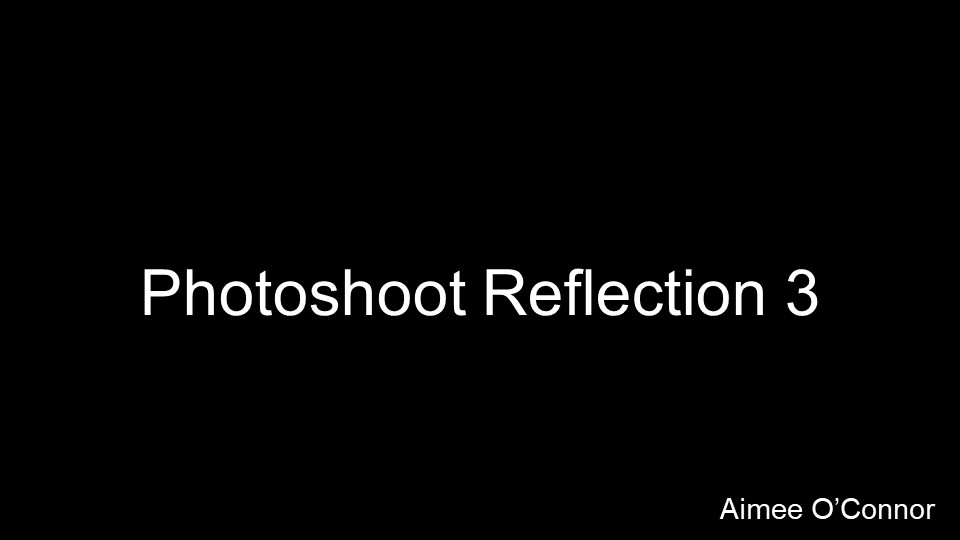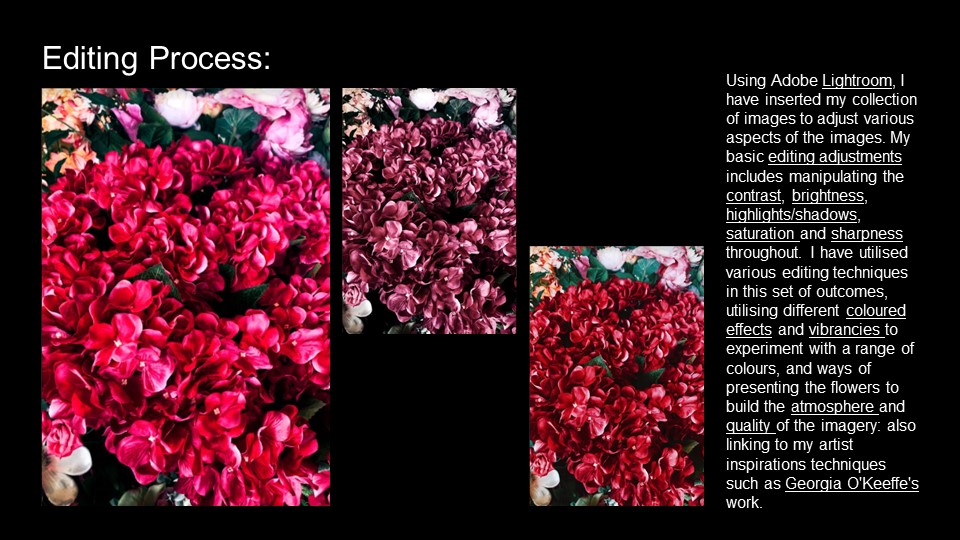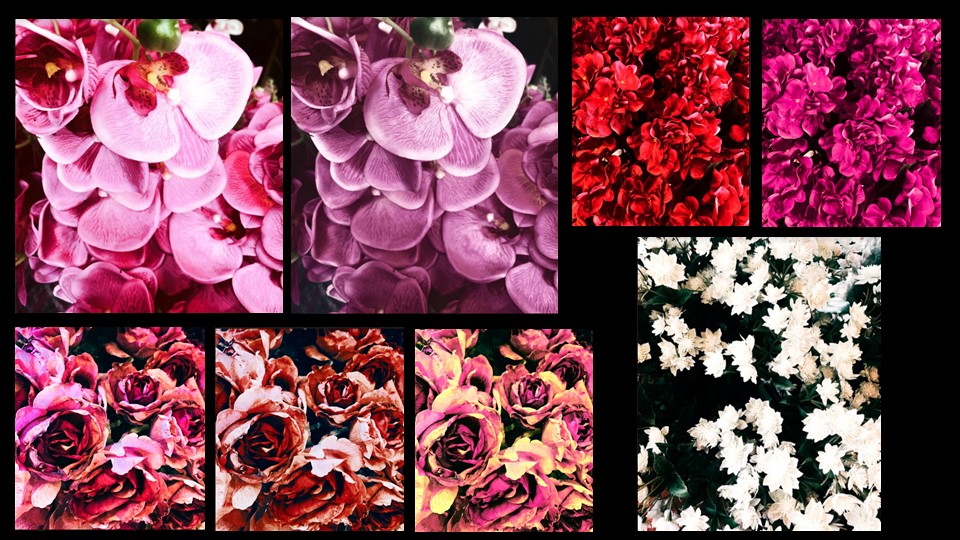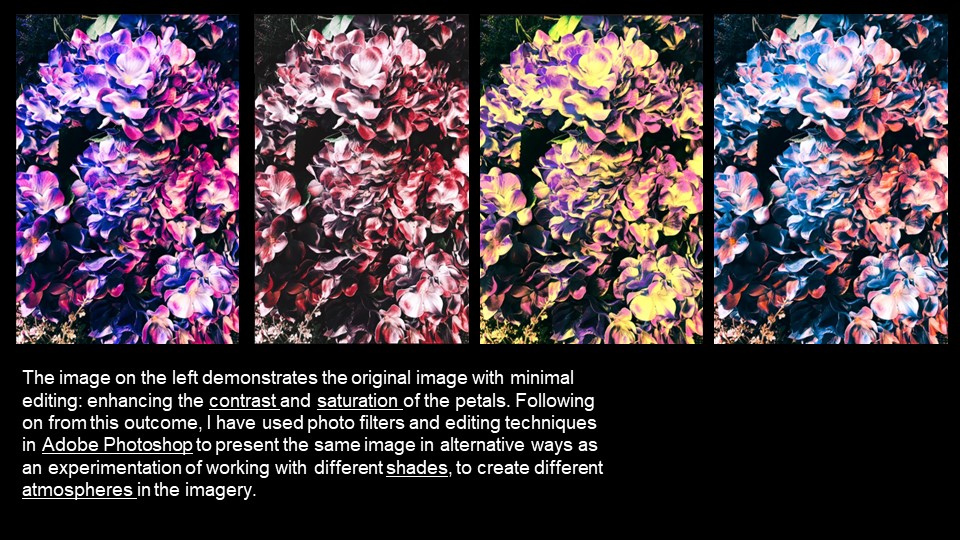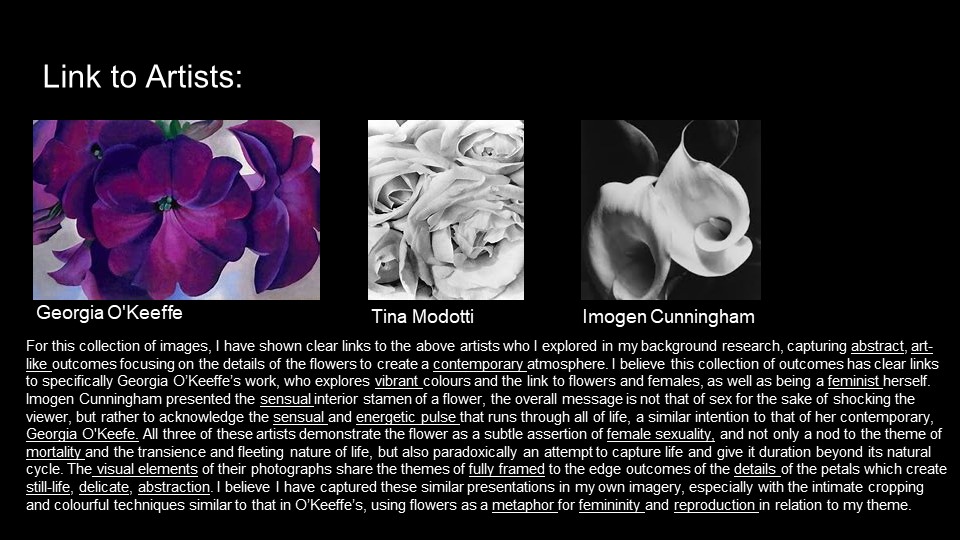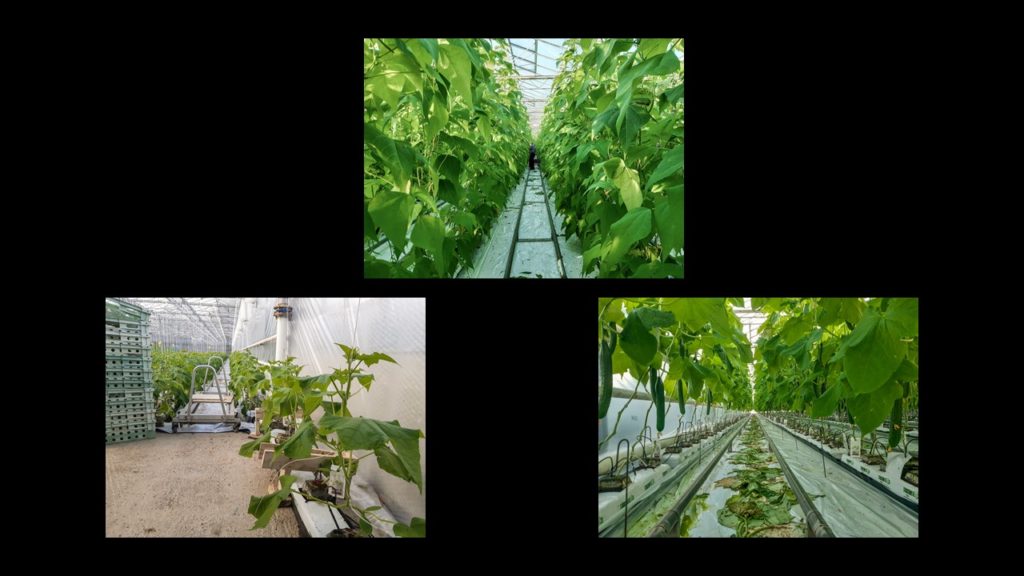
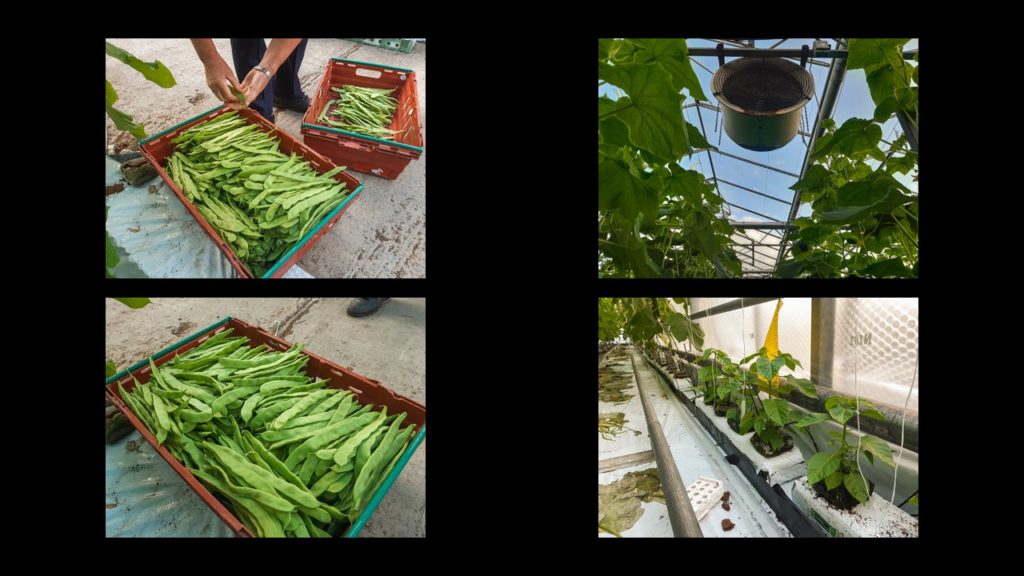

Favourite images:
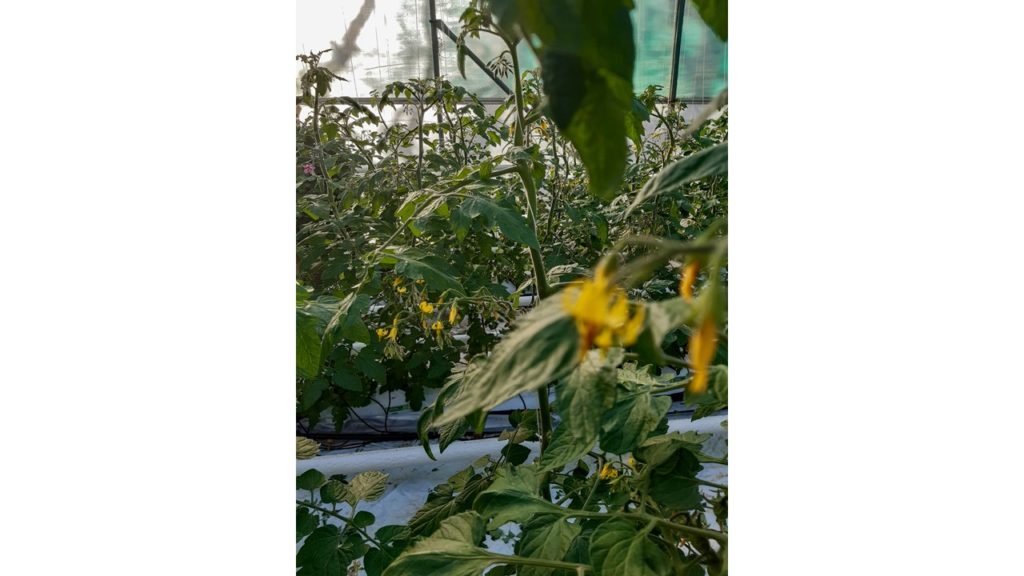
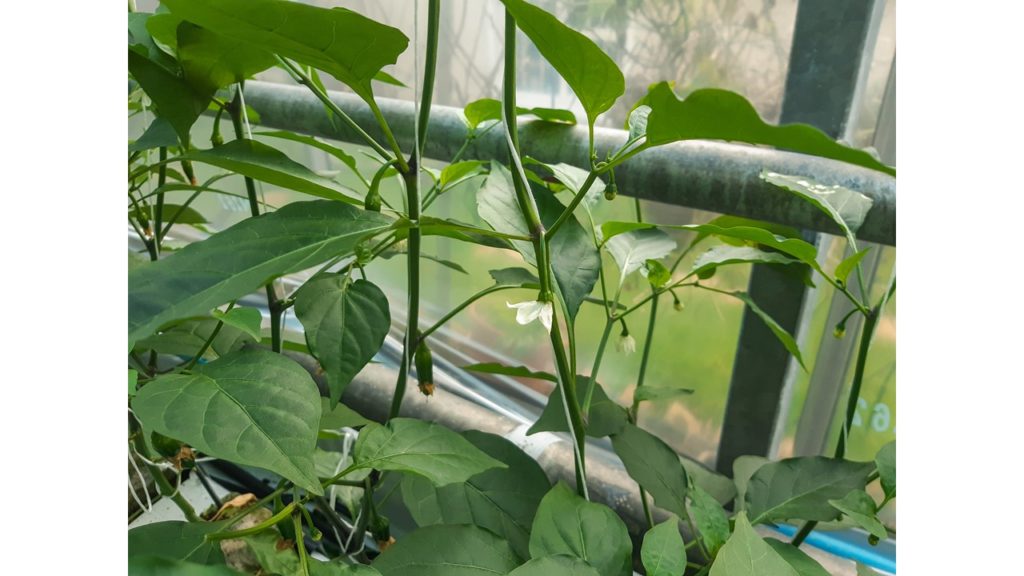
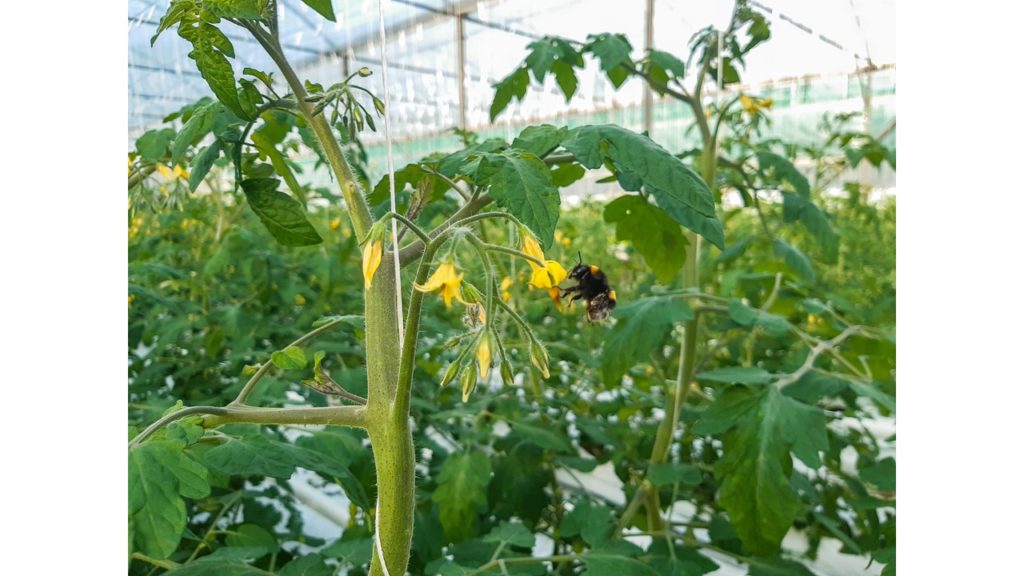


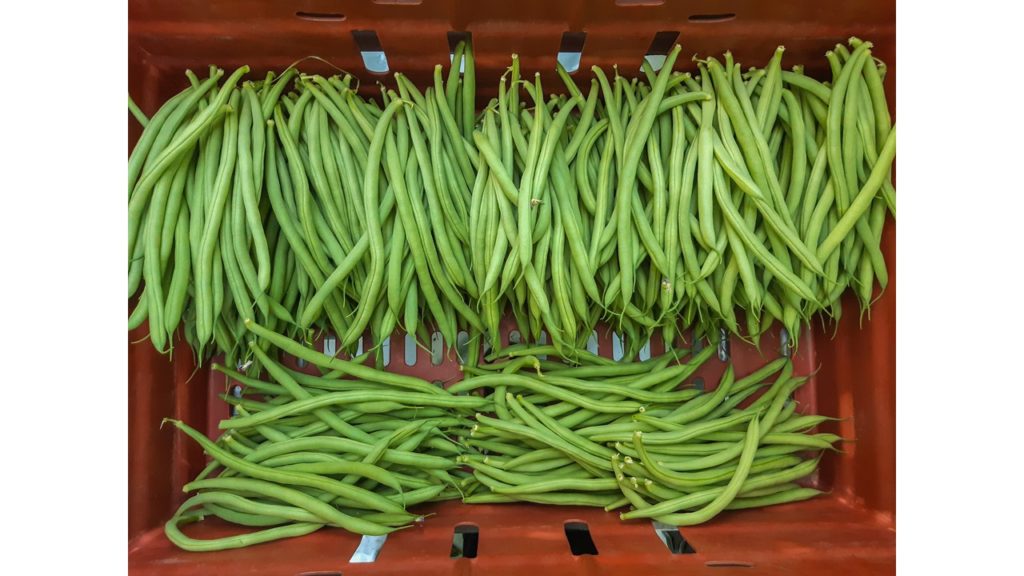
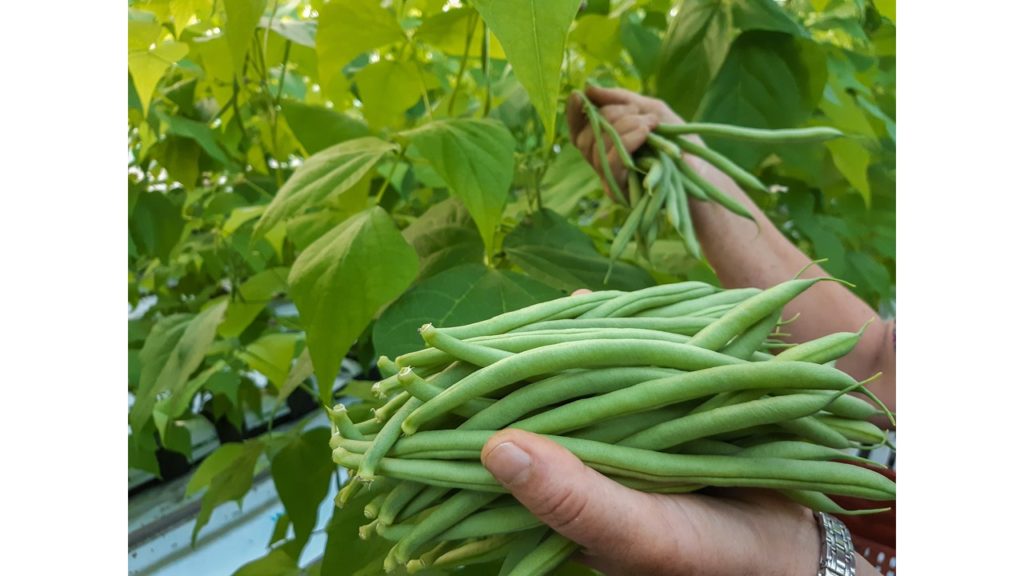










Link to my photobook: Tribeinc.
Evaluation
I believe that I accomplished the vision I had for my photo book and got my point across with the images I selected for the book. I used some unusual images that you wouldn’t find in a normal skate photography book, some portraits and quotes from people and mixed it with some action shots you would expect from a skater.
I loved how the book turned out, I was unsure on what to but as the title but some graffiti that I found on the side of the skate park by the harbor helped me spontaneously figure it out. At first I didn’t realize it but Tribe INC. fit quite well as the tittle.
“A common definition for a tribe is a group of people that all have common ancestry, or a common ancestor, a common culture, and live in their own enclosed society. They choose to be close to the land and follow the rules and lifestyle of their ancestors.”
For this photobook, I aim to explore gentrification and urban landscapes in response to the stimulus of ‘Transition’. The images are to be taken and presented both objectively and pragmatically, responding to The New Topographic and The New Objectivity movements. I want to explore abstract photography alongside this by including the manipulation of light within my images and, additionally, showcasing my exploration of form, shape, texture, pattern, colour and space. With one of my main inspiration coming from Lewis Baltz, I intend to take a deadpan approach towards some urban landscapes.
In order to take advantage of lighting, I’m going to experiment within urban areas at daybreak, as well as midday, in order to capture the landscapes in both soft (morning) light and harsher (midday) light. Soft lighting will allow me to draw focus on the form and shape of the environment and amplify the contrast within my photos, whereas harsh lighting will enable me to bring a great deal of focus to the colours and textures of certain landscapes and architectural structures. By carrying out photoshoots at dawn, I can also capture larger landscapes without the interference of human life.
The implications of the weather will play a part in my project. Warm lighting from sunny days will bring focus onto the bold colours in the landscapes I’m focusing on. Cooler lighting and tones will come through on overcast days, reducing the focus on colour and allowing me to focus on the banal aesthetic and deadpan approach Lewis Baltz took towards his work.
The theme of transition ties into my project through the depiction of urban environments, how they’ve developed due to human interference and the gentrification or modernisation present throughout them.

Baltz’s work is hyper-focused on searching for beauty in desolation and destruction, specifically documenting the changing landscape of America in the 70s. Baltz’s images depict the architecture of the human landscape: offices, factories and parking lots are a few examples. There’s a great deal of importance around the contrast and geometry within the pictures, but what stands out is Baltz’s attention to surface texture and lifeless subject matter. His deadpan approach encourages the viewer to consider the environment outside of the frame as well as what Baltz has focused on. The pictures resist any single point of focus, framed to present the scene as a whole and avoiding bringing attention to any particular element within. This, overall, amplifies the objective nature of his work.
His pictures reflect the control and power influenced by and over human beings. His topographic work expose the crisis of technology: aiming to define both objectivity and the role of the artist in photographs.
The 1975 exhibition New Topographics provoked a radical shift away from traditional and romanticised depictions of landscape.
The New Topographic group responded to human impact on the land by casting a somewhat ironic or critical view on what American society has become. Each photographer photographed urban and/or suburban landscapes that were under expansion, gentrification or other changes. In a sense, they were photographing against the tradition of nature photography that the likes of Ansel Adams and Edward Weston had pioneered.
The images of stark industrial landscapes by that of Robert Adams, Lewis Baltz and Bernd and Hilla Becher successfully illustrated a sense of beauty within the ordinary ugliness of functional land use- a banal aesthetic.
Lewis Baltz soon became a central figure in the “Topographic” movement. His investigation on the crisis of technology as a means of human independence, the role of the artist and objectivity contributed to the aesthetic shift that the exhibition began provoking among a young generation of artists during the late 1970’s.
As previously mentioned, I intend to take a deadpan approach to many of the urban landscapes I’ll be photographing. These Baltz-inspired images will be taken at eye-level on a tripod so as to capture the objectivity reflected in much of Baltz’s work. Additionally, the images will focus on shape texture tone, patterns and other formal elements of photography rather than creating a main focal point; in turn amplifying the matter-of-fact approach I want to exhibit.

Gerry Johannson is a swedish photographer, praised for his urban landscape images presenting an objective view of various geographical locations. Much of his work could be considered topographic and, at times, mirroring the work of Lewis Baltz. His predominant use of black and white images amplifies the objectivity of the photos and, paired with the chronological ordering of his photos, allow the viewer to interpret them individually.
Johannson primarily photographs in places where there is a lack of human life, avoiding social events all together.

Johannson states that the most important aspect of his work is not to create a narrative with his images, but rather to ensure each of his pictures are considered as a single, individual image. This reiterates the pragmatic approach he takes towards his work.
In the interview below, Johannson states he has a great deal of interest in areas with ‘patina’ or, in other words, places that have had time to age. Additionally, he states he focuses on places that show how humans have interfered with their surrounding environment. This connects Johannson to Baltz as the work can be interpreted as a criticism against gentrification or, adversely, as a depiction of the banal aesthetic- the beauty within the ordinary ugliness of urban environments.
In comparison to Lewis Baltz, Johannson’s approach to his images are less ‘deadpan’; the areas he photographs have a great deal of depth. A focus on repetition and patterns, as well as lines and form, create striking images with a sense of beauty that would normally be overlooked by the typical passerby.
In order to capture the boredom, repetition and inertia of urban landscapes in a new light, I aim to take inspiration from Johannson (alongside Baltz) by prioritising the composition of the picture rather than the conceptual meaning behind it. Not only does this carry forward the theme of objectivity; It allows me to break the paradigm of ‘landscape photography’ by showcasing the attractiveness in cityscapes and gentrified areas that would normally be associated with nature.
Taking a more abstract approach to photography, Souiki captures the unexpected beauty in abandoned buildings. Peeled wallpaper, abandoned furniture and layers of dust or rust depict the essence of what’s referred to as ‘urban decay photography’. Her work is more conceptual, creating thought-provoking pictures that inspire those who view it to consider the past lives of the places and objects she’s photographed. She successfully captures the impact of decay on a room or place’s atmosphere.

Despite the reoccurring ‘memento mori‘ theme throughout her work, her images include bursts of colour that radiate a sense of beauty in the area being photographed.
What Souiki’s photographs is determined by the colourful and unique details of her surrounding environment. She picks out these elements which are often overseen. Her focus on abandoned places is rooted in their transient nature- their decaying beauty is momentary, mercurial and bound to disappear. This type of photography presents a sense of urgency- to take in the beauty surrounding her in the moment before it degenerates further.

For some images, the composition is greatly improved with the usage of colour. The choice of colour in architecture has a remarkable effect on the way a building is perceived by those that view it, walk by it or occupy it. In most cases, architects appear to view colour as a distraction, preferring to focus on form and structure. However, when colour is included, it can impact the viewer emotionally or even physiologically; additionally drawing focus to different areas of a composition in a way that a monochrome image struggles to achieve.
In response to this, I may experiment with both monochrome and colour images. The main conflict with this is that colour takes away from the objectivity of the place being photographed. However, if captured successfully, colour can accentuate the form and shapes within a structure. Additionally, Souiki takes a more abstract and conceptual approach to her work, one which I may explore further for my project.
What: I will be photographing my parents work in greenhouses and the landscape of it
When: I will take my images throughout the next month including Easter holiday; during the day and after school, and at any changes for example seed germination and sewing.
Why: I hope to show their hard work and commitment whilst telling a story of their work life
Who: I will be photographing the site: plants and my parents
How: I will take photos with my personal camera using the natural daylight as a source of lighting.
Location: I will be taking photographs inside the greenhouses and I will be walking outside to other sites in which my parents used to work at.
Framing: I will be typically taking large frames as I will be taking pictures of the main aspects of the greenhouse; however I plan to take a couple close ups
Overall Feeling: I want to show an insight of my parents day to day work whilst still tying in tiny elements of myself and my memories in the greenhouse as well.

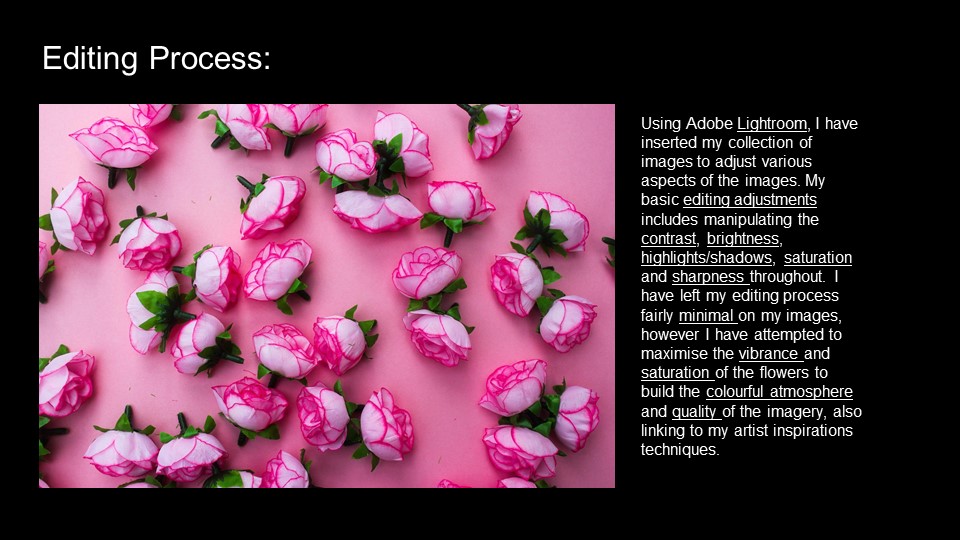

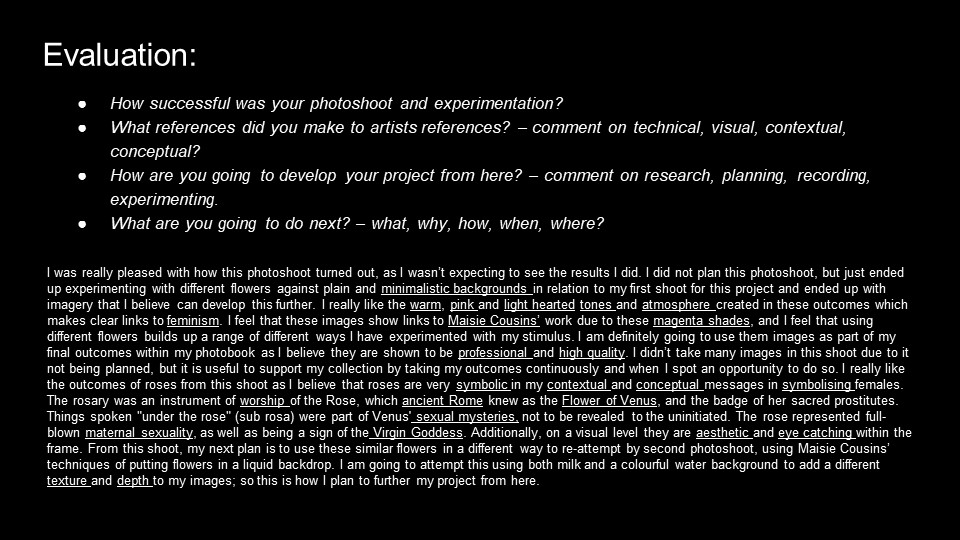
‘the absence of or release from ties, obligations, etc… ease or facility of movement or action: to enjoy the freedom of living in the country... frankness of manner or speech… the state of being free or at liberty rather than in confinement or under physical restraint… exemption from external control, interference, regulation, etc… the power to determine action without restraint… political or national independence.’
‘a limiting condition; restrictive weakness; lack of capacity; inability or handicap… something that limits; a limit or bound; restriction… the act of limiting…the state of being limited.’
”Archibald MacLeish wrote ‘Freedom is the right to choose’. Originally expressed in a political context, this phrase could also sum up many of the fundamental ideas that have inspired artists. For the Fauves it was the right to paint in whatever colours they chose. For the Cubists, the choice was how to depict form and space. In Marcel Duchamp’s ‘Ready-mades’ he chose ordinary objects to be transformed into pieces of artwork. Artists and designers relish the freedom to explore ideas and express their own personality in their work. ”
Things that have/create freedom and have limitations:
• fences, barriers, borders, chains, ropes, binding
• ditches, tidal reaches, city limits
• captivity, confinement, prisons, offices, cells
• stresses, cracks, breaking points
• free expression, political freedoms, debate, discussion, argument, protest
• travel, exploration, independence, leisure, holidays, escape
• running, jumping, falling, swimming, diving
• swirls, marks, gestures, colours
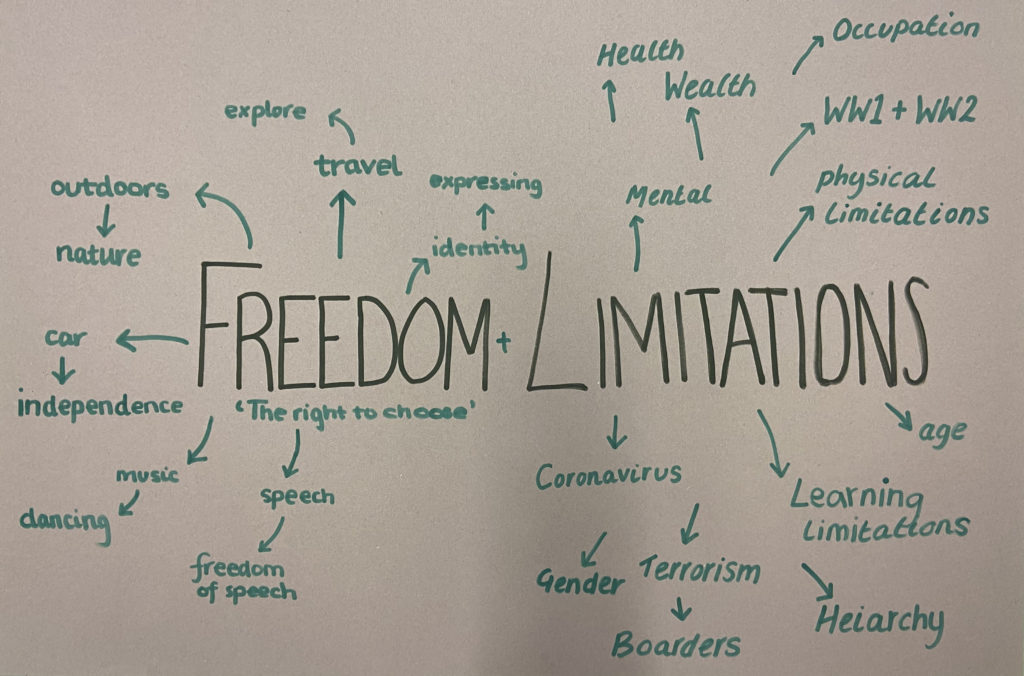

”The shutter and aperture controls of a camera limit the exposure time and depth of field of a photographic image. The compositional limits of the picture frame seen through the viewfinder are also a great source of creative potential. For instance, Alex Webb plays creatively with composition, colour, space and scale. Lee Friedlander used devices such as mirrors to create pictures within pictures in his photographs, simultaneously expanding and limiting our view of the scene. This echoed his wider sense of America as a disjointed place made up of individual and disconnected parts. Henri Cartier-Bresson, Francesca Woodman, and Kate Steciw all use framing in original and expressive ways. The photographer Richard Avedon wrote ‘Start with a style and you are in chains – start with an idea and you are free’.”
types of freedom:
ALEX WEBB:
“I only know how to approach a place by walking. For what does a street photographer do but walk and watch and wait and talk, and then watch and wait some more, trying to remain confident that the unexpected, the unknown, or the secret heart of the known awaits just around the corner”
LEE FREIDLANDER:




GRADE SOLOMON:
“Grade Solomon is a Korean-American, fine art photographer currently based in Richmond, Virginia. His work explores the emotions tied to color through conceptual landscapes and dreamlike portraits. Often his images feature mundane but captivating subject matter found throughout suburban & industrial America placed at night. Through his images, Grade creates his own depiction of reality rather than attempting to represent it. Taking inspiration from recurring dreams, distant memories, and emotional experiences such as love, loss, and discomfort.”
I personally really enjoy Solomon’s work. It shows the freedom that light and colour can have on a landscape. He talks about creating dream like images and how dreams have so much freedom to be whatever they want. His images are surreal and full of bright and aesthetic colours.
– finding colour in the dark :




Zhang Huan wanted to show how it felt to be caged in a country with few political freedoms. In 2005 he staged a performance where he remained caged in a metal box with only a narrow, keyhole-like slot to receive air and food. The photographer Rong Rong took memorable photographs of this and other performances by Zhang Huan. In The Urge to See Josef Koudelka recorded the exact moment that the short-lived freedom of the Prague Spring uprising came to an end, raising his arm to photograph his watch as Russian tanks rumbled into the city along the street below his apartment. In contrast, Raymond Depardon captured the drama of the fall of the Berlin Wall.
Zhang Huan and Rong Rong:
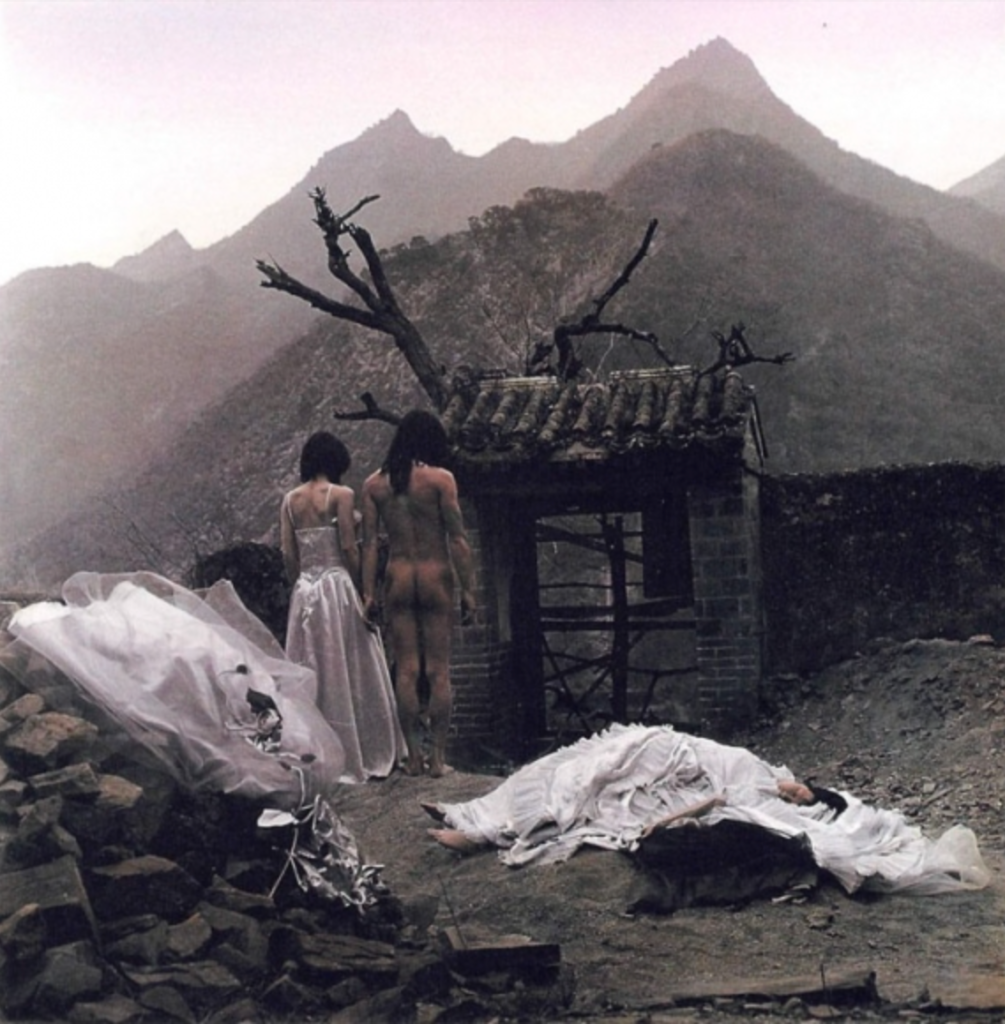
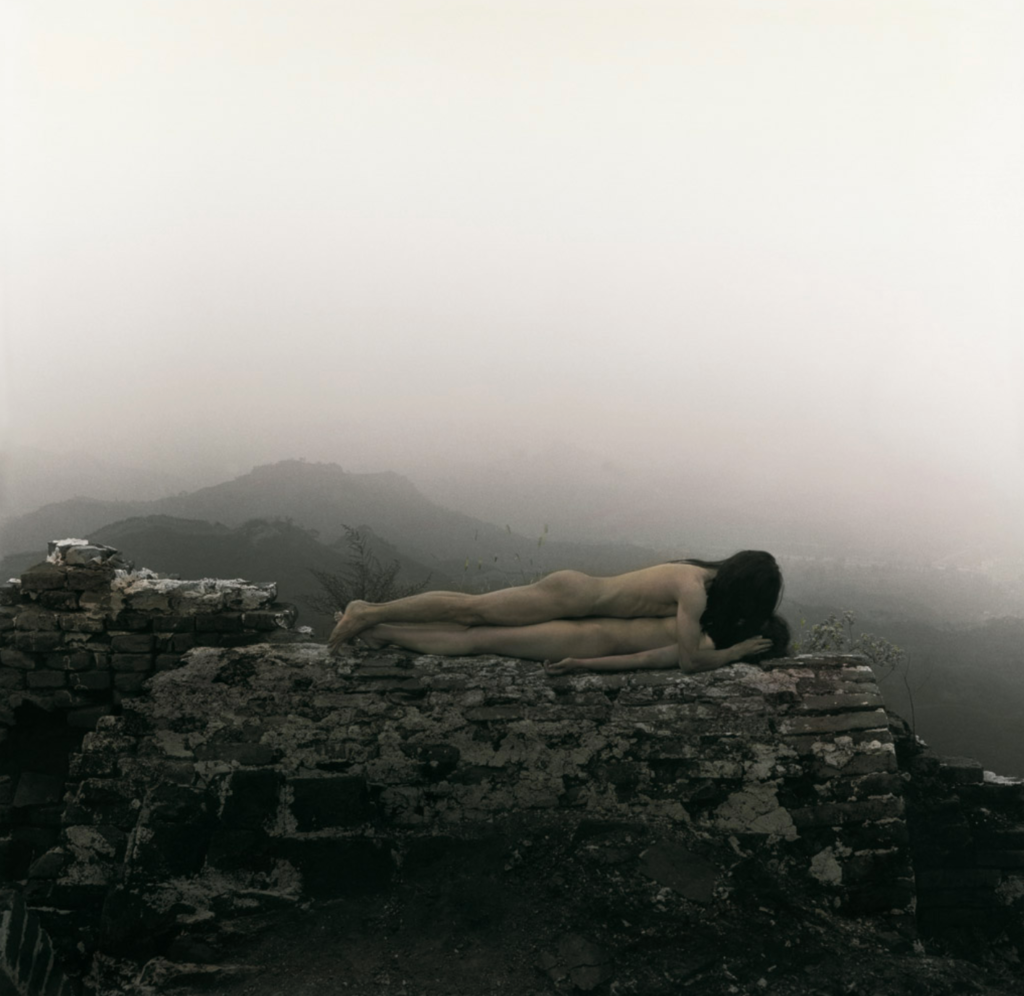

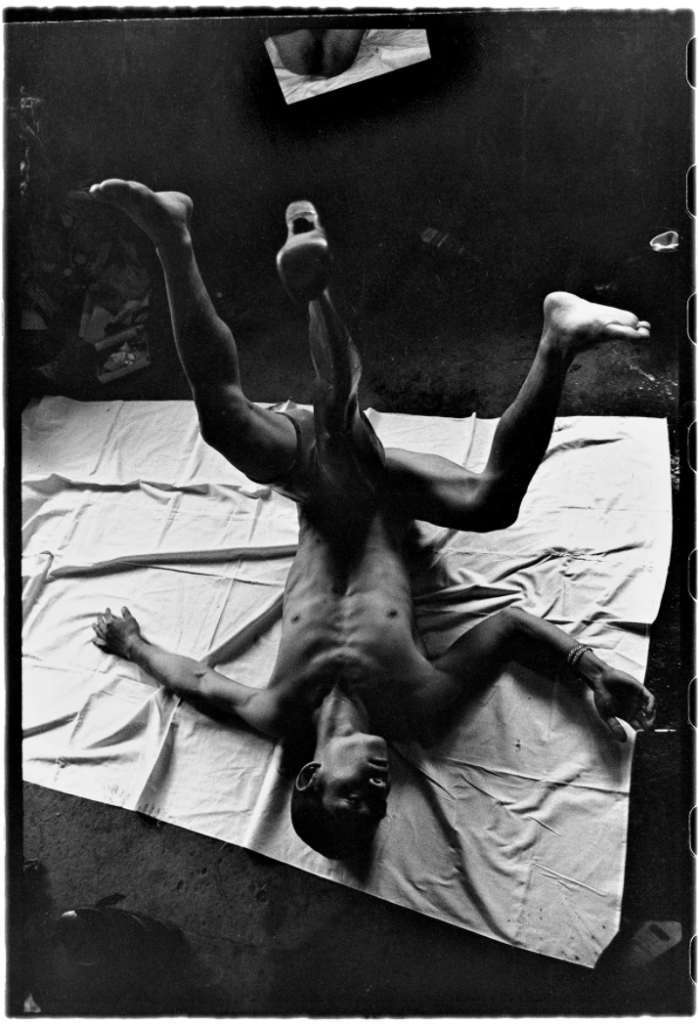
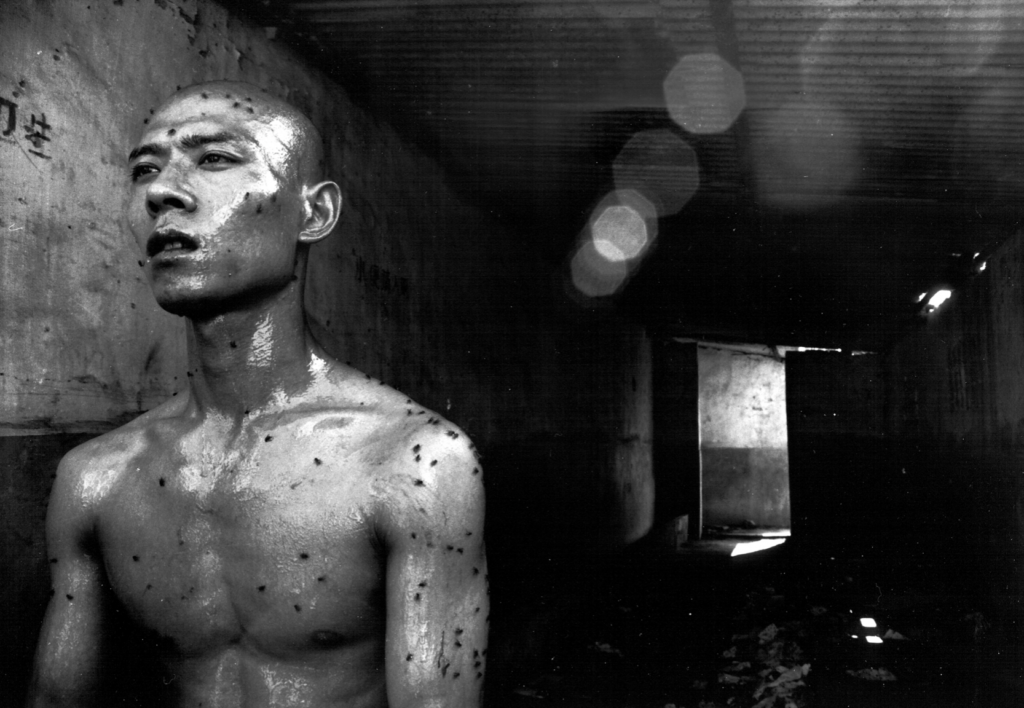

Lisette Model’s photograph of a woman on the beach at Coney Island in New York demonstrated an early and resolute intention to show people comfortable and free as themselves rather than conforming to preconceived stereotypes. John Coplans, Jo Spence, Diane Arbus, Claude Cahun and Hellen van Meene take photographs that attempt to escape limiting notions of identity. some photographers include:









“movement, passage, or change from one position, state, stage, subject, concept, etc., to another; change: the transition from adolescence to adulthood. a passage from one scene to another by sound effects, music, etc., as in a television program, theatrical production, or the like.”
Joel Meyerowitz


Dimensions of Dialogue


Zanele Muholi



Fay Godwin

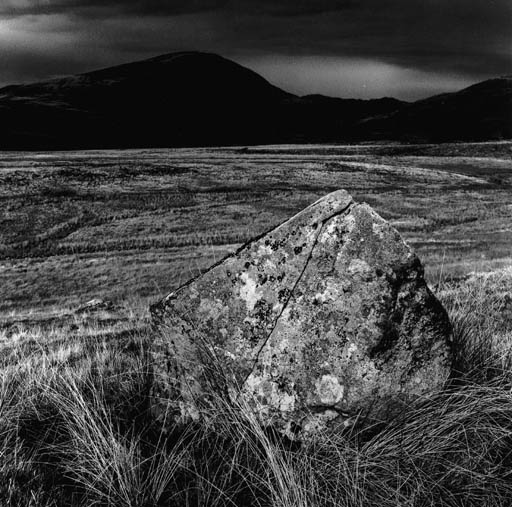

I am going to photograph peoples hobbies, showing the freedom and limitations they come with. I will have two contrasting images with one showing the freedom it gives (the enjoyment) and the other showing the limitation (the pain and hard work/ stress). I will also incorporate a portrait of each person. I want to use black and white images with hint of colour, highlighting the main aspect of the image to try new skills and create an engaging image for the viewer. The hobbies I am going to photograph are: dance, roller skating, music (piano), makeup, dog showing, etc. I would like to create a book, having a section for each hobby with a portrait of the person at the beginning.




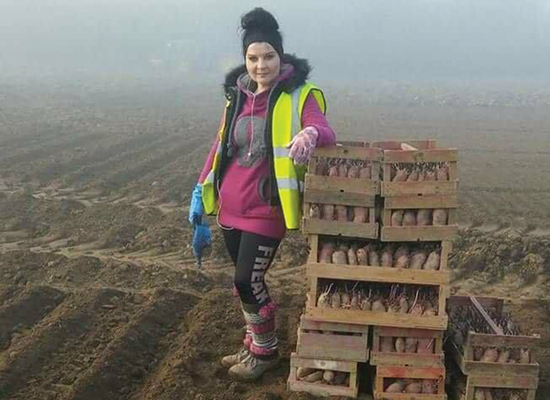
“allowing the participants, the users and/or the performers to shape them and create content through their own responses, behaviours or opinions.”
Alicja Rogalska is a polish female photographer which is Uk based and has done a photoshoot/film based around agricultural workers and their working conditions.
Her work specialises in working alongside local specialists such as farmers; here she uses her platform to allow the workers voices to be heard which sparks talks and helps start change to create better conditions for workers.
“Some of the most significant improvements to working conditions can only be made through legislative changes. Ensuring safe, non-exploitative and attractive working conditions for migrant labour is something that will be welcomed by farmers and worker alike."
Labour of migrant workers have been an essential part of this island for over 150 years; however this has been hardly documented which is why Rogalska started this project.
At the start of my project I like to research for images to create ideas which will help me decide on the topic of my project. These are the main ideas that stood out to me.

